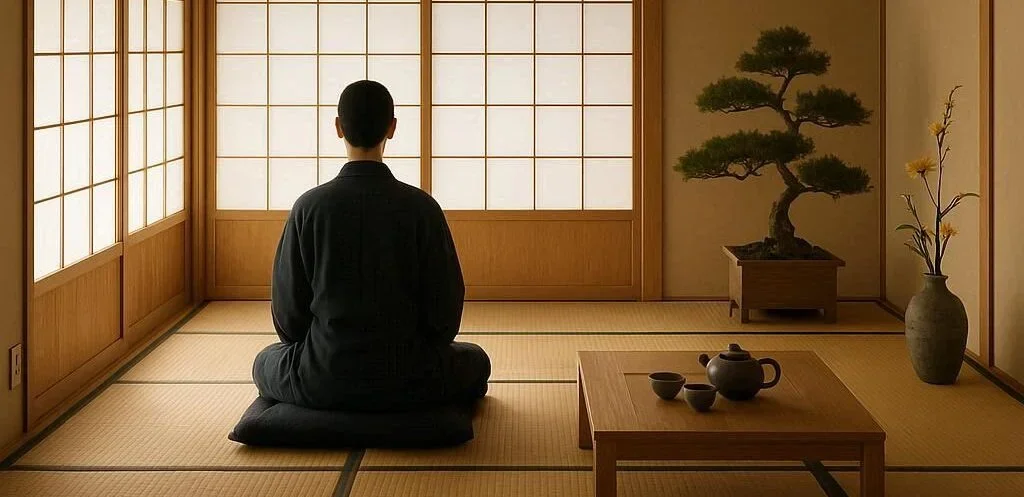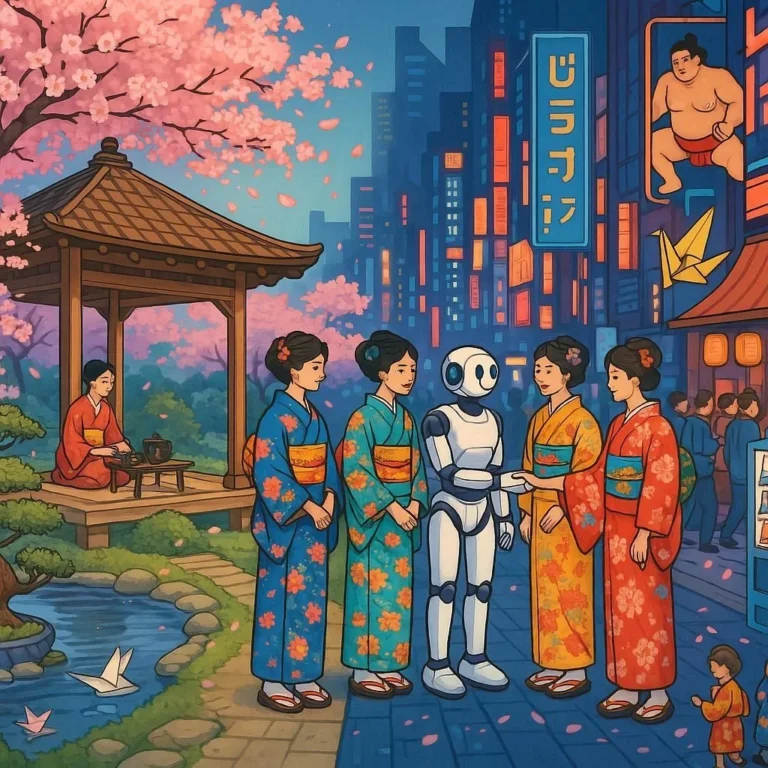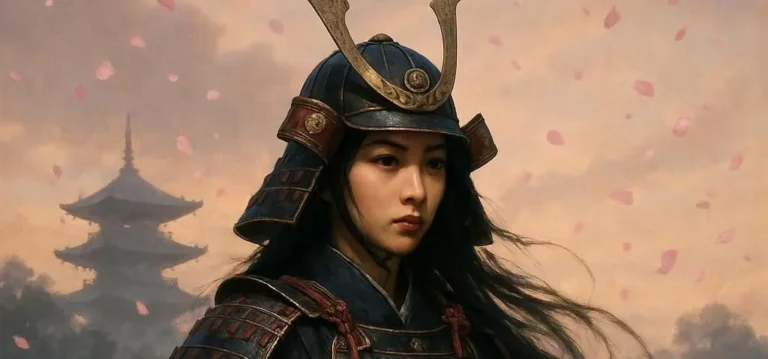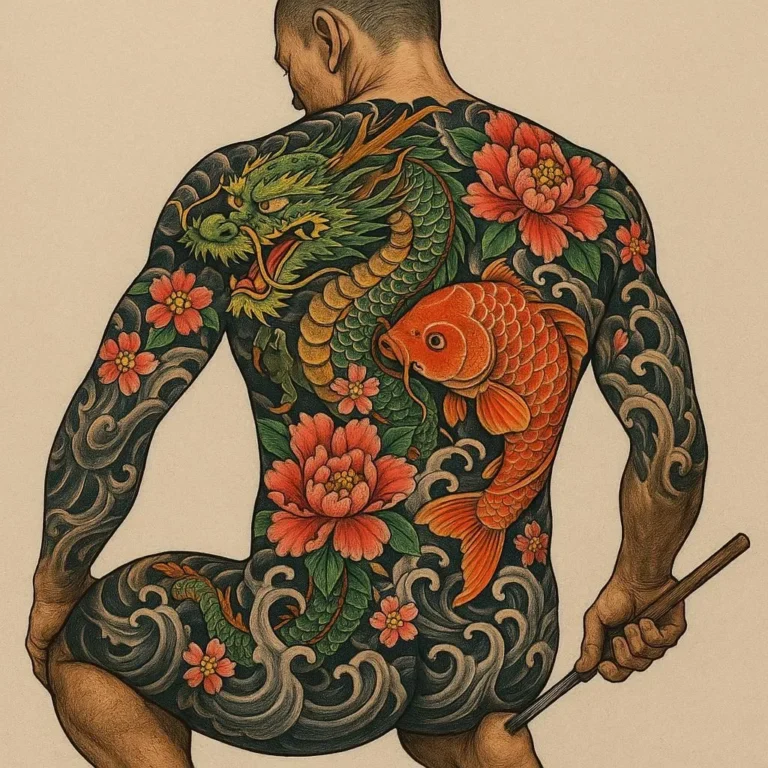505 views Japanese Pottery Craft: A Tapestry of Cultural Art
The Artisanal Legacy of Japanese Pottery Craft
Japanese pottery craft is a testament to the country’s profound cultural and artistic heritage. With a history spanning thousands of years, Japanese pottery, or tōgei, has evolved into a diverse and intricate art form that continues to inspire artists and enthusiasts worldwide. In this blog post, we will delve into the history, techniques, and cultural significance of Japanese pottery, as well as its modern interpretations and global influence.
A Brief History of Japanese Pottery
The origins of Japanese pottery can be traced back to the Jomon period (10,000–300 BCE), where simplistic, unglazed pottery was first created. These early pieces were primarily utilitarian, used for storing food and water. Over time, with the introduction of new techniques and materials, Japanese pottery began to evolve.
During the Heian period (794–1185 CE), the influence of Chinese and Korean ceramics became evident in Japanese pottery. The development of glazing techniques marked a significant milestone, leading to the creation of more decorative and refined pieces. By the Edo period (1603–1868), Japanese pottery had reached new heights of artistry, with regions like Arita and Hagi becoming renowned for their unique styles.
Regional Styles and Techniques
One of the defining characteristics of Japanese pottery is its regional diversity. Each area of Japan has developed its own distinct style, often shaped by local materials, cultural traditions, and historical influences. Below are some of the most notable regional styles:
1. Arita Ware (Arita-yaki)
Arita, located in Saga Prefecture, is celebrated for its vibrant colors and intricate designs. Arita ware is known for its use of porcelain and overglaze enamels, which were introduced from Korea in the early 17th century. The iconic kakiemon style, characterized by its delicate white background and red or blue motifs, is a hallmark of Arita pottery.
2. Hagi Ware (Hagi-yaki)
Hagi, in Yamaguchi Prefecture, is famous for its rustic, natural beauty. Hagi ware is typically unglazed or sparingly glazed, emphasizing the texture of the clay. This style is deeply rooted in the Japanese tea ceremony tradition, where simplicity and imperfection are valued.
3. Raku Ware (Raku-yaki)
Raku ware originated in Kyoto during the Momoyama period (1573–1603). Known for its simple, handmade appearance, Raku pottery is often used in tea ceremonies. The distinctive red or black glaze, achieved through a special firing process, gives Raku ware its unique charm.
4. Celadon (Seiji)
Celadon, a type of green-glazed pottery, was introduced to Japan from China during the Kamakura period (1185–1333). Japanese celadon is renowned for its luminous, jade-like glaze and is often used in high-end tableware and decorative pieces.
The Cultural Significance of Japanese Pottery
Japanese pottery is more than just a craft; it is an expression of the country’s philosophical and aesthetic values. The concept of wabi-sabi, which appreciates imperfection and transience, is deeply embedded in Japanese pottery. This philosophy is particularly evident in pieces like Hagi and Raku ware, where imperfections are not only accepted but celebrated.
The Role of Pottery in the Japanese Tea Ceremony
The Japanese tea ceremony, or chanoyu, sado or ocha, is a ritual in which the preparation and serving of matcha (powdered green tea) is performed in a specially designed room. Japanese pottery plays a central role in this ceremony, with Tea bowls (chawan), water jars (mizusashi), and other utensils being essential elements. The minimalist and natural aesthetic of these pieces aligns perfectly with the spiritual and philosophical underpinnings of the tea ceremony.
Materials and Techniques
The art of Japanese pottery is deeply rooted in its materials and techniques. Below are some of the key components that define this craft:
1. Clay
The type of clay used in Japanese pottery varies depending on the region and the desired outcome. Porcelain clay, for example, is used to create the delicate and translucent pieces associated with Arita ware, while coarser clays are often used for more rustic styles like Hagi ware.
2. Glazing
Glazing is a critical step in Japanese pottery, with different regions and styles employing unique glazing techniques. Raku ware, for instance, is characterized by its crackled glaze, achieved through a specific firing process. In contrast, celadon glazes are prized for their vibrant green hues.
3. Firing
The firing process in Japanese pottery is often labor-intensive and requires great skill. Some pieces are fired at high temperatures to achieve hardness and durability, while others are fired at lower temperatures to create a more porous and natural texture.
Japanese Pottery in the Modern World
While traditional techniques remain the cornerstone of Japanese pottery, modern artists are continually pushing the boundaries of this ancient craft. Contemporary Japanese pottery often combines traditional methods with modern designs, resulting in pieces that are both timeless and innovative.
The Global Influence of Japanese Pottery
The influence of Japanese pottery can be seen in ceramics from around the world. Many Western artists have been inspired by the simplicity, elegance, and philosophical depth of Japanese pottery, leading to the development of new styles and techniques that pay homage to this tradition.
Preserving the Art of Japanese Pottery
Efforts to preserve the art of Japanese pottery are ongoing, with many organizations and individuals working to protect and promote this cultural heritage. The Japanese government has also designated certain pottery styles as Important Intangible Cultural Properties, ensuring their continuation for future generations.
Conclusion
Japanese pottery craft is a living testament to the enduring power of art and culture. From its humble beginnings in ancient times to its current status as a global inspiration, Japanese pottery continues to captivate and inspire. Whether you are an avid collector, a aspiring artist, or simply someone who appreciates beauty, Japanese pottery offers a wealth of knowledge and appreciation.
We hope this journey into the world of Japanese pottery craft has sparked your interest in this incredible art form. If you’d like to learn more or explore the world of Japanese pottery further, we encourage you to delve deeper into its history, techniques, and cultural significance.
Frequently Asked Questions (FAQ)
1. What are the main types of Japanese pottery?
The main types of Japanese pottery include Arita ware, Hagi ware, Raku ware, and Celadon. Each type has its own unique style and historical background.
2. What is the significance of Raku ware in Japanese pottery?
Raku ware is highly revered for its role in the Japanese tea ceremony. Its simple, natural design and distinctive glaze make it a favorite among tea masters and pottery enthusiasts alike.
3. Is Japanese pottery still made using traditional techniques?
Yes, many Japanese pottery artists continue to use traditional techniques, although modern tools and methods are sometimes incorporated to enhance the process.
4. Where can I learn more about Japanese pottery?
There are numerous resources available, including books, documentaries, and online courses. Museums and cultural centers with collections of Japanese pottery are also excellent places to learn more.
5. Can Japanese pottery be used for everyday purposes?
Absolutely! Many pieces of Japanese pottery, such as tea bowls and plates, are designed for everyday use. However, more intricate or delicate pieces may be better suited for display.
For more information on Japanese pottery and its cultural significance, visit this page on Japanese pottery and porcelain.







